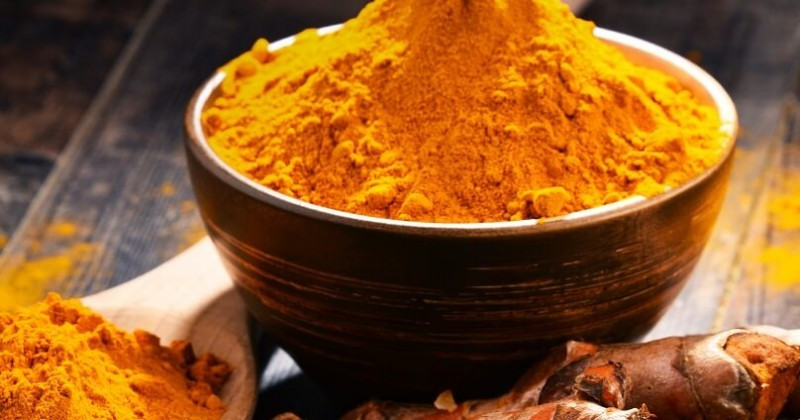Background: Facing Osteoarthritis
Osteoarthritis is the most common type of
arthritis. It is degenerative, meaning that it is liable to become worse over time, and there is no cure. It is most common in elderly people, but it can happen to middle-aged people, and even younger people in rare circumstances, as well.
Symptoms of osteoarthritis include joint pain, stiffness, and limited range of motion. Some of the most affected joints include the hands, lower back, and neck, as well as weight-bearing joints such as the hips, knees and feet. Needless to say, the symptoms and degenerative nature of osteoarthritis can be quite a burden on those who experience it.
A variety of treatments exist for osteoarthritis. Some of the natural and lesser-invasive treatments include lifestyle changes such as weight loss and exercise (which often work best in tandem). The use of canes is also helpful to some sufferers. Pain relievers and anti-inflammatory medications can also help mitigate symptoms. More invasive treatments include the injection of steroids, lubricants for affected joints, and, finally, joint replacements.
Seeking Alternative Treatments
Osteoarthritis is a large enough problem that doctors and scientists have put a lot of time into finding different ways to manage and treat it. There are
other medications that are often recommended, such as topical treatments and opioids.
It's worth noting that opioids are known for their potential to lead to addiction. Taking opioids, as well as getting a joint (or multiple joints) replaced, are serious and sometimes risky treatments. A serious discussion with your physician is in order before you seek treatment via opioids.
Not all osteoarthritis patients are game for trying these risky treatments. By-and-large, individuals with osteoarthritis just have to learn to live with the condition. Therefore, it is no surprise that scientists jumped at the chance to examine alternative ways to treat osteoarthritis. That's where curcumin comes in.
Curcumin as a Treatment for Osteoarthritis
Inflammation plays a huge role in osteoarthritis; Because of its anti-inflammatory properties, curcumin is naturally a go-to for this disease. The science supporting the effectiveness of curcumin to treat osteoarthritis is conflicting, but there is enough there to support its efficacy to some extent.
Turmeric (whose primary ingredient is curcumin) has a long history of medicinal use. One study from 2017 concluded that
curcumin was a very mild but effective therapy for osteoarthritis, but that this body of science was relatively weak.
One follow-up study examining the efficacy of turmeric vs. the efficacy of a placebo in reducing pain produced a meaningful result. Over a two-week period, patients who took 1000mg of a turmeric per day reported lower amounts of pain than patients who took a placebo. While the scientists conducting the study said the clinical significance of this result was unclear, the results indicate that this is a worthwhile treatment. Another study at Harvard had a similar conclusion concerning turmeric's potential benefits.
. So, there is a body of science that supports the potential of curcumin for helping lessen osteoarthritis symptoms, but this endeavor is still very much in progress.
However, the anecdotal support for curcumin as an antagonist to osteoarthritis symptoms is strong. The logic of using an anti-inflammatory (curcumin) for a condition that results from inflammation also seems to hold up, at least on a basic level.
If you or someone you know struggles with osteoarthritis, consider adding Wonder Labs' turmeric supplement to your regimen. It just might make a big difference, and it is highly beneficial in other areas as well.

